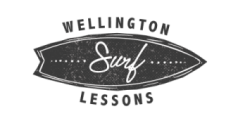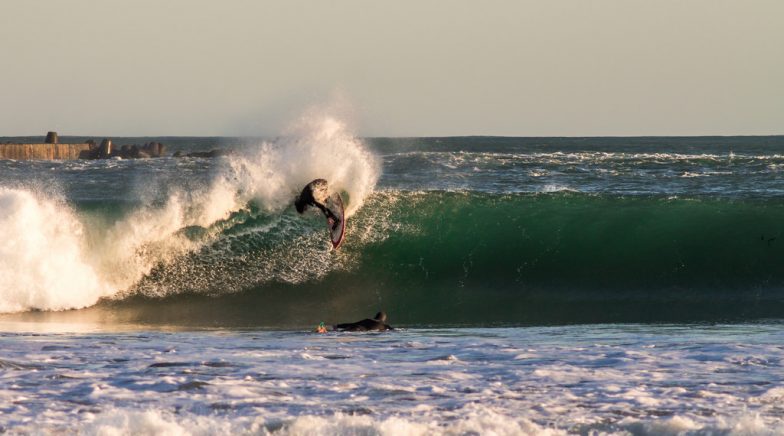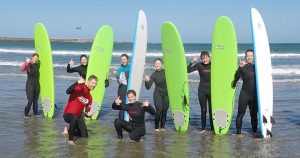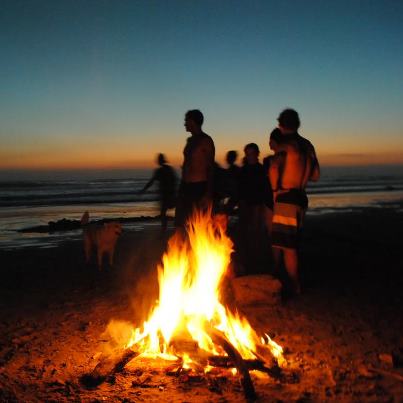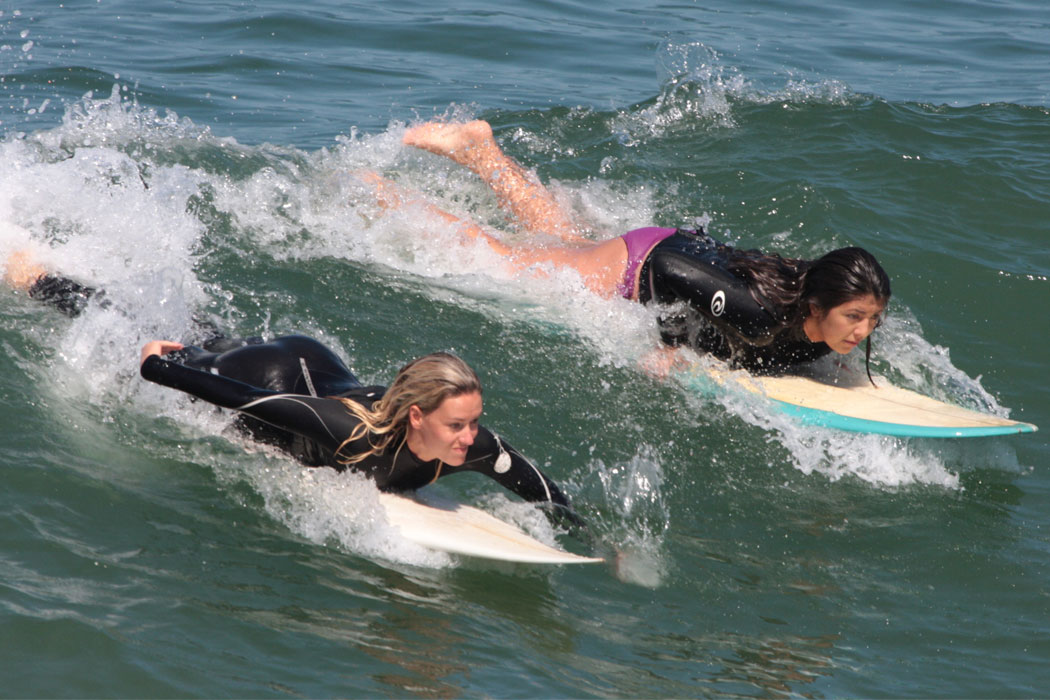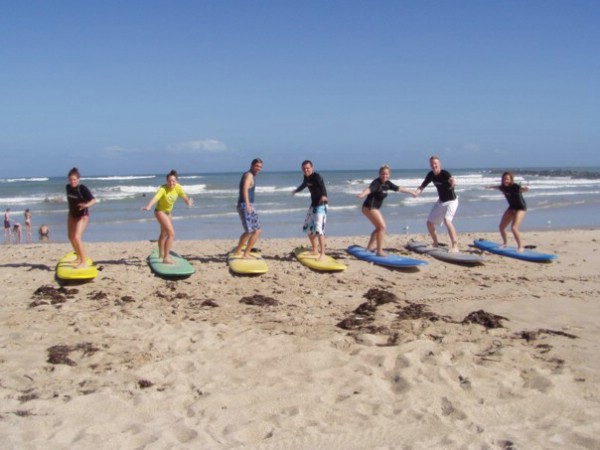Community
Wellington Surf Lessons is committed to being a positive force in the local community through our environmental and community initiatives.
We want to give back to the local community that continually supports us as well as encourage those around us to help look after the beach!
Leaving a positive impact in people’s lives through our passion for surfing and the ocean is such an amazing achievement.
COMMUNITY COMMITMENT
PROVIDING EMPLOYMENT FOR THE LOCAL COMMUNITY
Our goal is to provide fun forfiling jobs, within the local community for instructors aged 16 and older. Our instructor training programs are aimed at giving our employees for confidence in how to teach and run surf classes.
We offer a range of surf lessons at Lyall Bay, Kapiti Coast and Castlepoint. Our staff are highly motivated, fun loving people who are passionate about surf coaching and improving every surfer out in the water. Some of our most popular classes include kids holiday programs, women's programs, surfskate classes and surf camps.
We are currently looking for new surf instructors for the upcoming surf season, so don't miss out on this awesome opportunity!
BEACH CLEAN UPS
Plastic pollution is killing wildlife, devastating oceans and threatening the health of our planet. Plastic represents a disconnection. It’s a material designed to last forever that we often use only once. Poorly managed plastic leaks into the sea. The ocean is downhill from everywhere.
Through education that inspires participation, Take 3 is building a global movement of people who are connected to the planet. (take3.org/)
Our staff have made a commitment to pick up 3 x pieces of rubbish each time they visit the beach in an effort to keep New Zealand’s beaches a little bit cleaner. We also aim to organise regular beach cleanups with staff, customers and locals involved.
PROTECT THE DUNES
HALBERG FOUNDATION
Aotearoa Surf were honoured to work with @makeawishnz to make Maria’s dream of learning to surf with her girl friends come true! Make A Wish NZ makes dream comes true for young people in NZ with critical illness, helping youth in need to realise a wish – which helps to inspire at a time they need it the most.
It was incredibly inspiring to watch Maria and her friends having a ball out in the water with the Aotearoa Surf team. Maria was full of life, had an AMAZING bounce in her pop up, straight to who feet and defiently won the award for surfer of the day! Thanks so much for coming Maria!
Leaving a positive impact in people’s lives through our passion for surfing and the ocean is such an amazing achievement. As a part of giving back, we aspire to continue helping those within the community.
Our ‘Surfing for Good’ program aims at leaving behind a positive impact on people, communities, our environment and the world. If you have a cause that we can help with or know a person or group who you think we can support, please get in touch and together, lets make the world a better place.
CHILDREN'S DAY - FREE, ANNUAL ‘HAVE A GO’ SURF DAYS!
Wellington Surf Lessons – bringing youth to the sport of surfing!
Our annual ‘Have A Go Surf Day’ is a safe, easy & fun ‘learn to surf’ day for all levels of surfers. We will have surfing, activities prizes and giveaways from Aotearoa Surf & our sponsors and the best part? It’s completely FREE!
Aotearoa Surf aims to introduce the excitement and fun of surfing to youth throughout New Zealand every year through this FREE event. There is no better way to showcase this than to give our future generations the opportunity to try surfing when they are young, giving them ocean confidence and awareness, a place to make new friends as well as a super fun day out in the ocean!
Our ‘Have A Go Surf Day is for kids and youth (4-16 years old) who may be new to surfing, beginners, intermediate surfers and even those that have never surfed before!
This is an ongoing effort that involves educating and encouraging every guest that surfs or stays with Aotearoa Surf to do their part for the environment.
